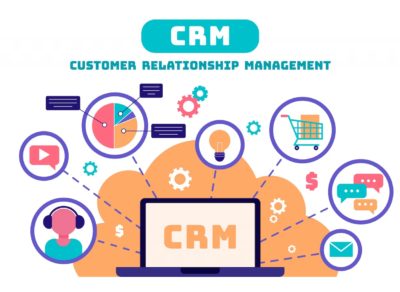
eKYC best practices for bank
Financial crime regulations continue to be difficult for financial institutions to comply with while still offering top-notch customer service. eKYC, or electronic KYC, can be a useful solution to this problem. Six eKYC for bank recommended practices are covered in this article from SmartOSC.
What is eKYC?

By moving the KYC procedure online, eKYC enables banks to electronically complete customer due diligence (CDD) and risk assessment. Due to client demand for contactless versions of fundamental banking procedures like digital-first account opening, the epidemic resulted in a surge in the use of technology that enabled digital onboarding.
eKYC has three advantages in addition to being a contactless form, specifically:
- Removing the requirement for paper documentation
- Improving effectiveness
- Increasing precision
Top 6 eKYC best practices
Maintain a positive customer experience

Some clients could be turned off by the friction. Maintaining a positive client experience throughout the onboarding process is therefore the first element of an ideal eKYC for bank verification procedures.
Co-browsing can assist with that since it enables agents to explain the process to new clients and respond to their inquiries. The customer can fill out forms and sign papers while the agent is in control of the browser at first, but control can be switched at any time.
Take a mixed approach to threat financing
Many solutions’ detection techniques, particularly those that rely on rules-based systems, have a dismal track record. The business loses billions of dollars every year due to the investigation of these false positives instead of eKYC for banks.
Smartosc solutions : BACKBASE DIGITAL BANKING, BUY NOW PAY LATER, LOS, CDP, EKYC, DIGITAL ONBOARDING
These action-based detection systems pay particular attention to particular transaction behaviors (e.g., multiple deposits quickly transferred to other accounts). Transnational criminal organizations (TCO) circumvent the anticipated criteria that set off an alert.
Video KYC

As was already said, video KYC is an additional method for banks and their clients to streamline KYC verification. An agent onboards the client and walks them through each step of the video KYC process, including face verification, ID verification, and document validity evaluations.
Video KYC is less resource-intensive than conventional KYC, which benefits banks. It could go more quickly than eKYC for banks. Because banks can combine co-browsing with video chat to offer a smooth video KYC experience while safeguarding clients’ privacy and data, it is also a financially advantageous option.
Aggregation of data
Data aggregation is another method banks may use to enhance money laundering detection. Due to the fact that these consumers were obtained before regulators enforced more onerous criteria, financial institutions frequently retain inadequate data from long-term clients.
As a result, there is a significant amount of unstructured, divergent data of eKYC for banks that needs to be manually reviewed in the case of an inquiry. This information may prove to be very helpful in confirming client identities, identifying suspicious behavior, and minimizing false positives.
Modern analytics

By applying machine learning (ML) or artificial intelligence (AI) to detect sophisticated money laundering schemes, advanced analytics can lower the expenses associated with financial crime compliance while safeguarding a eKYC for bank.
These statistical models may be used to build detection platforms that can identify illicit activities much more quickly than a manual examination. The majority of the banking sector is currently not making the most of ML or AI. That is mostly caused by a shortage of human and technological resources.
Automated eKYC

Although KYC and CDD procedures are frequently manual, many steps may be automated. This reduces the number of cases a bank’s compliance teams must handle, makes the most of their staff, and boosts productivity.
According to McKinsey, one wealth manager improved the effectiveness of its KYC procedures by up to 50%. Even high-risk consumers received a response within 24 hours, while CDD for low- and medium-risk customers was finished immediately.
Banks need to develop strategies to sustain and grow consumer loyalty as a result of increased competition. eKYC for bank will be increasingly concentrating on improving each stage of the customer journey since customer experience is a crucial driver of client loyalty.
Contact SmartOSC Fintech for additional information about fintech, or visit our website frequently for new, helpful content.


